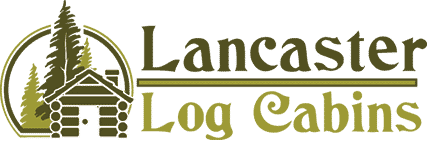Park Model Homes: The Perfect Solution for a Tranquil Creative Retreat
If you have the soul of an artist—if your mind is alive with books you want to write, scenes you want to sketch, or music you’d like to compose—let me ask you this: when is the last time you sat down and lost yourself to your art?
Or I could ask a different question: when was the last time you tried, and what prevented you from reaching a state of flow?
Did the upstairs neighbors start rearranging furniture? Maybe your daughter woke up from her nap, or your spouse came in to ask where you put the packing tape. Or perhaps, despite your good intentions, you found yourself watching a YouTube video about baby turtles.
It’s not always realistic to wait to create art until we’re in perfect, idealized circumstances. At the same time, it’s tough to be creative while facing constant interruptions.
Here at Lancaster Log Cabins, we understand how crucial it is for artists of all kinds to carve out space to truly focus on their creative work. Today, we will explore an innovative solution: setting up a charming park model cabin as a creative retreat.
Table of Contents
Exploring the Concept of a Creative Retreat
If I could just get away from it all, I could get so much accomplished!
Has this thought ever crossed your mind?
Life will never be ideal, and if we want to make art, we need to learn skills like consistency, tenacity, and working through less-than-ideal circumstances. But no matter how self-disciplined you are, it’s almost impossible to make art when you’re constantly stressed, interrupted, and distracted.
So what’s the solution?
Some artists create a windowless home office and instruct family and friends not to disturb them during set hours. Others use a shed in their backyard or go to a coffee shop where they know they won’t be disturbed.
But the holy grail of all solutions is the concept of the creative retreat: a place you can truly get away from it all for several days at a time and pour yourself into your work.
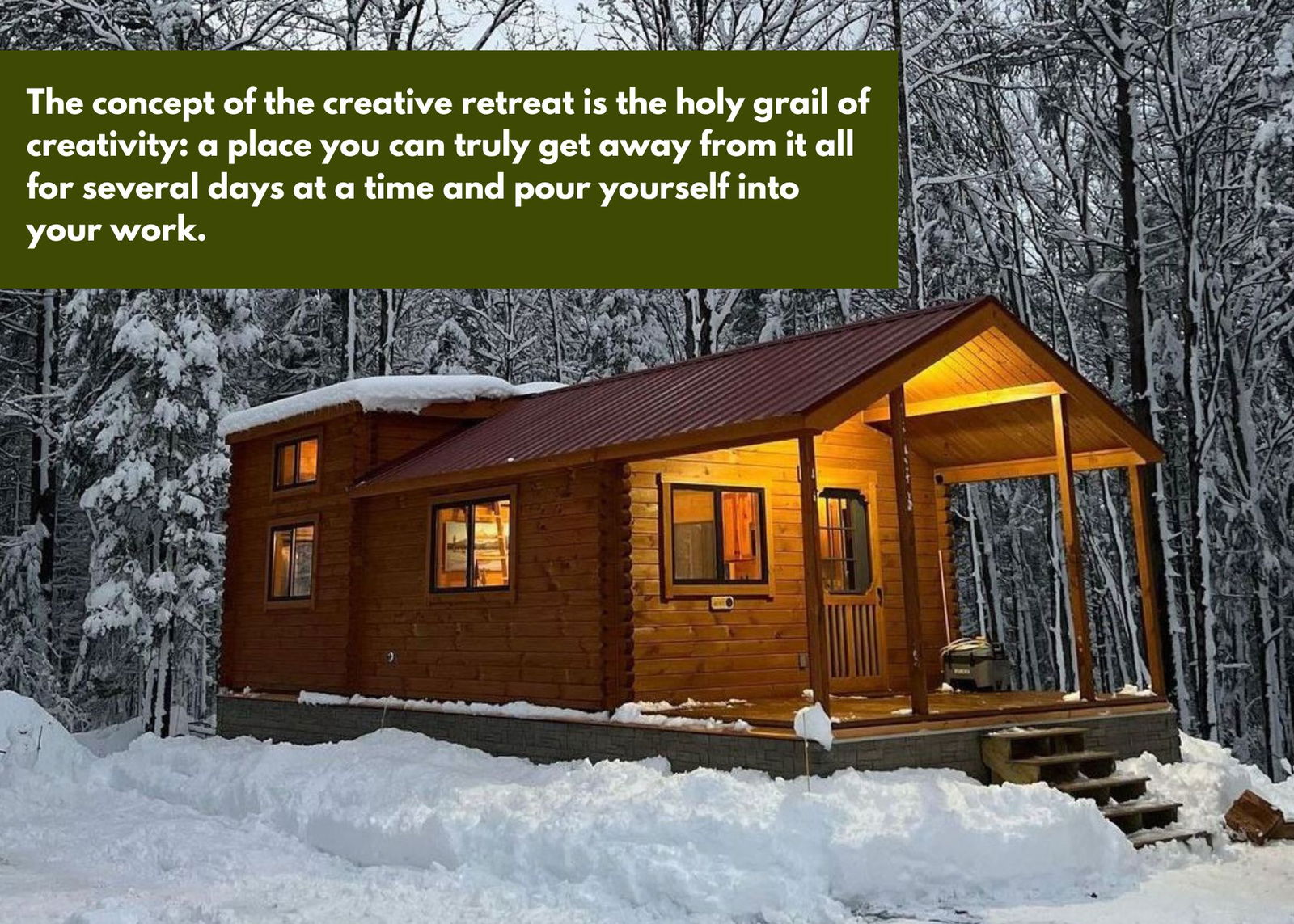
There are different sorts of creative retreats available, including the following:
The Communal Retreat
Communal retreats are a way to focus on your art while having the accountability of other artists around you. These creative retreats can last from a weekend to several months and are usually centered around a particular type of art. They include structured activities interspersed with lots of time for uninterrupted personal creative time, though this balance varies depending on the retreat.
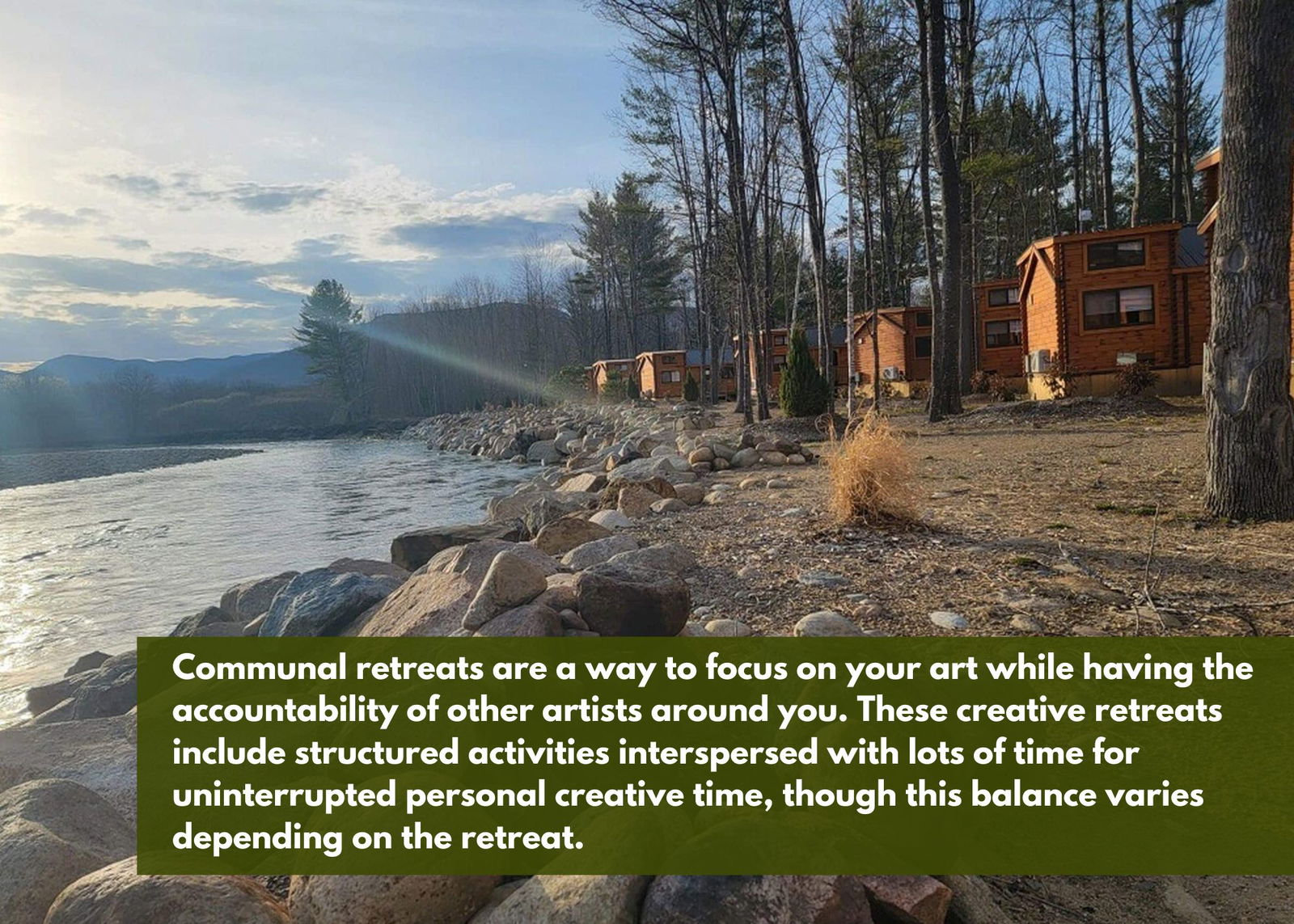
These communal retreats are fantastic for people who don’t want to deal with logistical issues, who like to have a balance of structured and unstructured time, and who feel more inspired when in the presence of other creative people.
The Solo Cabin Rental
If you find the presence of others distracting rather than inspiring, you’ll probably be better off with a solo cabin rental.
If you rent a little cabin at the beach, in the mountains, or at some other scenic location, you’ll be responsible for your own food and logistics, and you won’t have anyone else around to keep you on target.
On the other hand, you’ll be able to do things your way. You can schedule the trip exactly when works for you, eat what you like to eat, and sleep when you want to sleep. And if you find yourself constantly distracted by the Internet, consider booking a cabin that has no Wi-Fi!
A Cabin of Your Own
If you go to a communal writer’s retreat or rent an off-grid cabin, you might find that you’re more productive than you’ve ever been. But eventually, you have to go home again, and real life hits.
Now what? It’s not like you can scamper off to a creative retreat every weekend!
That’s why some artists, seeking a more permanent creative retreat solution, construct personal retreat cabins.
Imagine owning a small cabin in the woods a mere 20 miles or so from home. A place you can retreat on weekends to immerse yourself in nature and get some work done free of distractions.
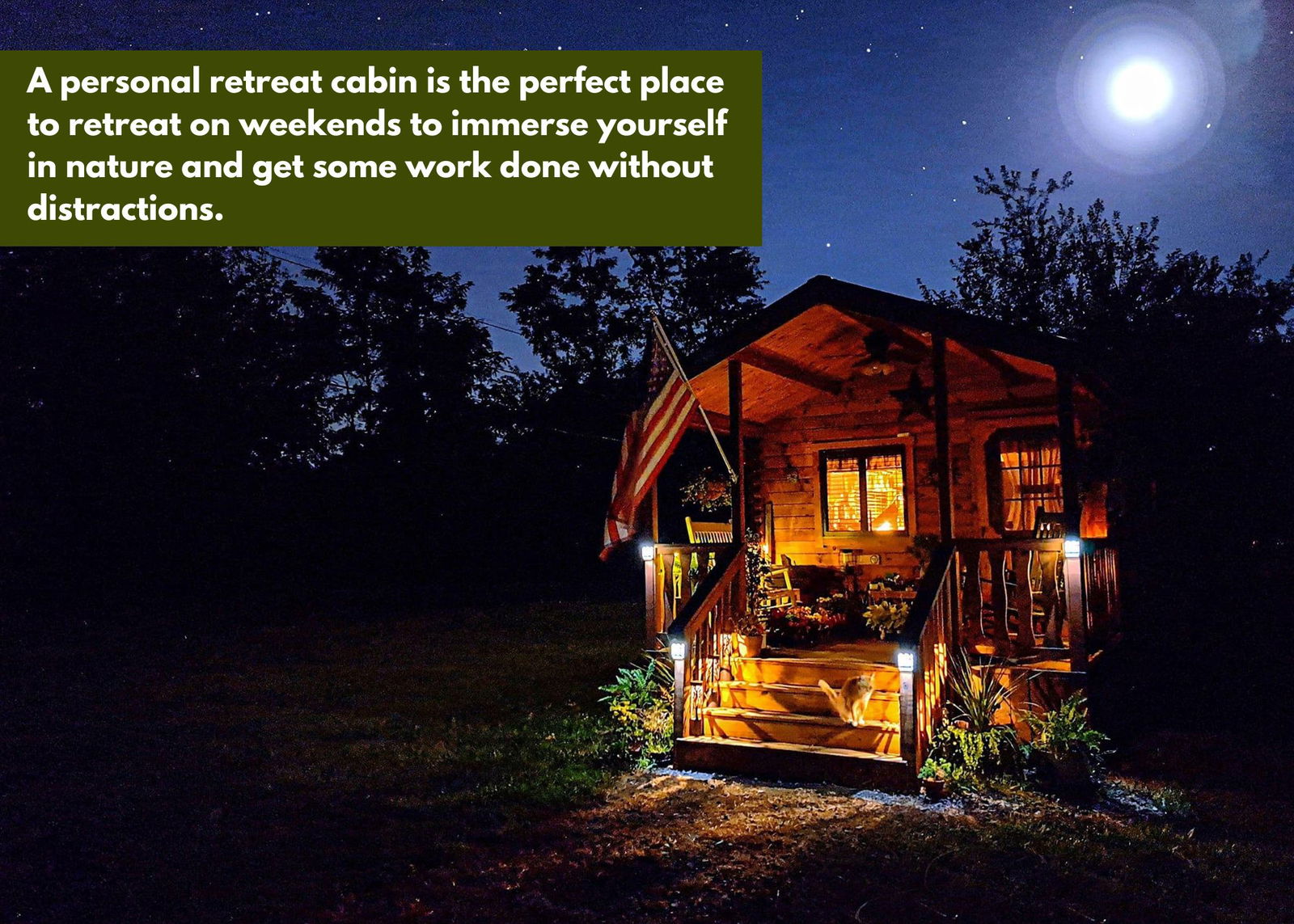
Unlike with a rental, when you walk into your retreat, you know exactly what to expect: your pillows are on the couch, you’ve hand-picked this mattress, and you know the cupboards are stocked with cold cereal and canned goods.
When your parents come to town, they love to stay in your cabin. When your friend is burned out by work, you offer her a week-long stay. Your cousin’s co-worker asks if he can rent your cabin for a month to work on his own art, and you suddenly have a small side income.
Using Park Models as Relaxing Retreat Cabins
All this may sound great, but you’re probably wondering, what about the logistics? What about permits? How will I find a good contractor? How will I afford it?
That’s where park model cabins come into the picture.
Park model cabins are small homes that technically qualify as RVs because they are smaller than 400 square feet and designed to be easily moveable. Because of this RV designation, you can set them up semi-permanently in campgrounds, RV parks, and on your own property.
But unlike RVs, park models look like cute cabins. They’re built to be larger and more durable than traditional RVs, with spacious kitchens and bathrooms.
Let’s get into some of the ways our park models make ideal creative retreats:
- Turn-key Construction: When you purchase one of our park models, all you need to do is connect the electricity, water, and sewer systems, and your creative retreat is ready to use!
- No Permits or Property Taxes: Since our Park Models are classified as RVs, permits and property taxes typically don’t apply. (However, check your local regulations to make sure!)
- Finances: Park models are decently easy to finance since you can get an RV loan.
- Location: Since park models can be easily moved, you can place your cabin in a scenic location to inspire artistry and creativity. This might be your own property, the property of a friend who agrees to let you rent it from them, or an RV park in a scenic place.
Convenience: Finally, park model cabins have a very convenient size—small enough to feel intimate but large enough to have a fully functional kitchen and bathroom.
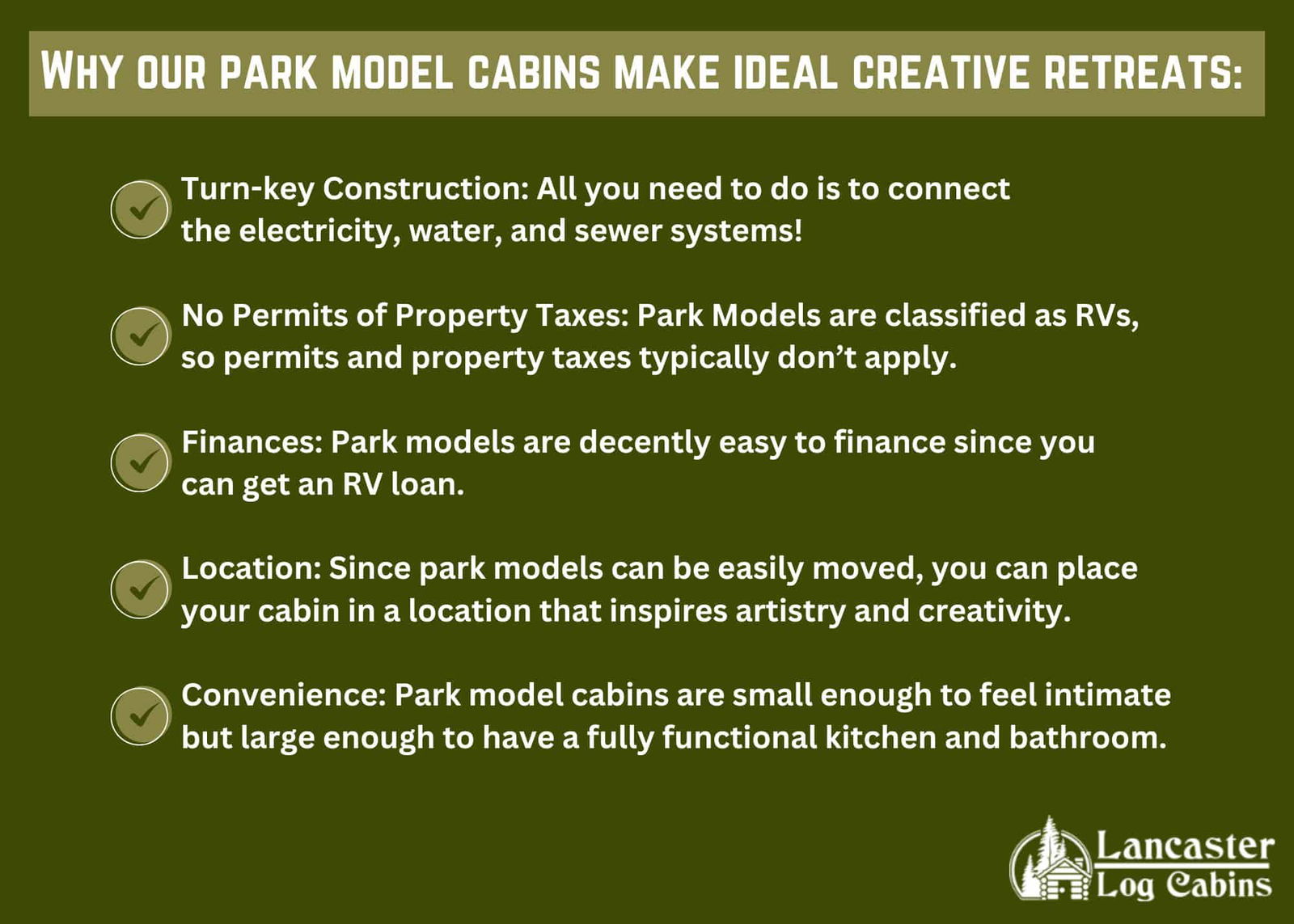
If you have more questions, read our blog post where we go over park model cabin FAQ’s!
Four Tips and Tricks for the Ideal Retreat Cabin
Unfortunately, purchasing a cabin won’t magically make you a better artist. But with the right features, it will certainly help!
Let’s look at some ways to optimize your cabin for creativity.
1. Optimize for aesthetics:
Creative people are deeply influenced by their surroundings, so carefully choose a cabin that looks nice, is made of high-quality materials, and lets in natural light. Place it in an inspiring location, and decorate it with your unique taste in mind.
2. Be realistic about your seclusion needs
To create art, you need time where you can be sure you won’t be interrupted. But 24/7 seclusion might drive you a little crazy! Consider making space for a friend to join you at the cabin or put a cabin next to yours. It’s also nice to have a place you can go for some social time, such as a small town within walking distance of your retreat.
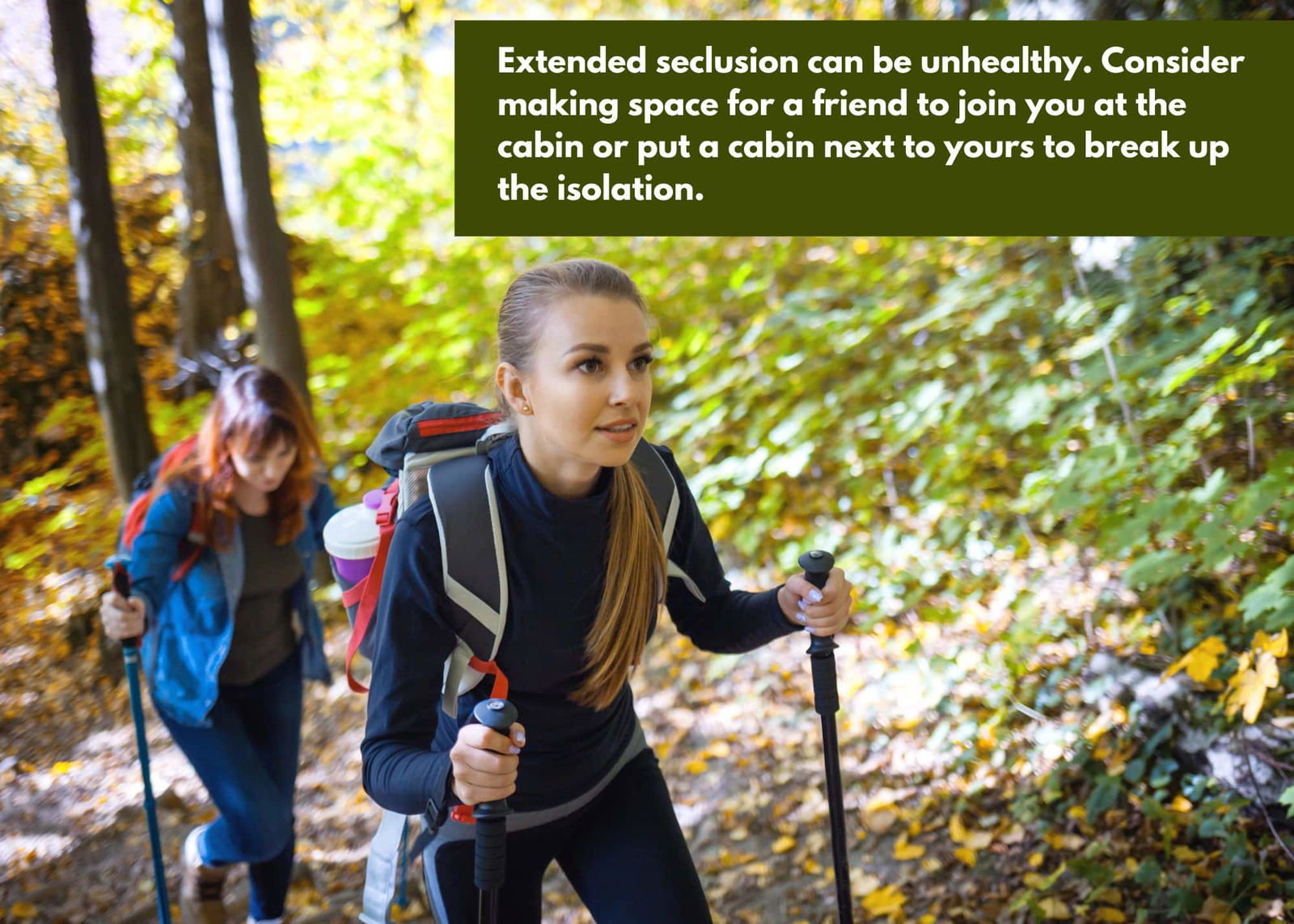
3. Minimize distractions
What are your primary distractions? Be aware of them and minimize or eliminate them at your retreat. Many people choose cabins with no Wi-Fi and lock their phones up or leave them behind.
4. Keep your cabin well-stocked
Nothing interrupts your flow like running out of toilet paper, soap, or food! Make a plan to keep your cabin well-stocked with essentials so you can keep working without distractions.
Conclusion
At Lancaster Log Cabins, we create beautiful, high-quality park model cabins from solid wood logs. We’d love to help you find the perfect park model cabin for your creative retreat!
Our cabin options include:
Give us a call or email us—we’re happy to answer any of your questions. You’re also welcome to stop by our shop and showroom in Lancaster County, Pennsylvania, and see our park model cabins in person.
It’s time to start creating in a beautiful, distraction-free environment!
